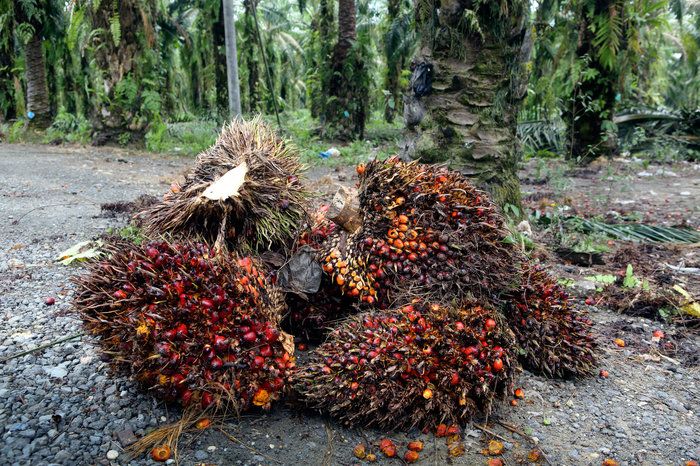The journey to a successful and profitable oil palm plantation begins long before the first seedling is planted — it starts with choosing the right land. Selecting the ideal site is a critical decision that directly affects the long-term health, productivity, and sustainability of your plantation. Making the right choice at this early stage saves time, money, and prevents future disappointment.
Climate: The Foundation for Growth
Oil palm is a tropical crop that demands very specific climatic conditions to thrive. A consistent, well-distributed annual rainfall of 1,800–2,500 mm is essential to support healthy palm development and fruiting. The temperature range should ideally fall between 24°C and 32°C, offering a warm, humid environment where palms can flourish year-round.
Extended drought periods or extremely cold temperatures can severely stress the palms, leading to reduced flowering, poor fruit bunch formation, and even plant death. Therefore, understanding the local climate patterns over several years is crucial before establishing a plantation.
Soil Quality: The Hidden Engine of Success
While climate sets the stage, the soil is the engine that drives oil palm productivity. Deep, fertile, loamy soils with good water-holding capacity and proper drainage are considered the best for oil palm cultivation. These soils allow the roots to spread widely and access necessary nutrients and moisture throughout the year.
The ideal soil pH for oil palm falls between 4.5 and 6.5. Soils outside this range may require significant amendments, which add to the startup costs. It’s also important to avoid areas with:
- Poor drainage or waterlogging: Standing water can suffocate roots and invite diseases like Ganoderma.
- Hardpan layers: These compacted soil layers restrict deep root penetration, stunting palm growth.
- Shallow soils over bedrock: Limited rooting depth severely reduces yield potential.
Before acquiring land, conducting a detailed soil survey and analysis is highly recommended. This small investment ensures that the land’s properties align with oil palm requirements.
Topography: Easing Operations and Preserving the Environment
Flat or gently sloping land is ideal for oil palm farming. Such landscapes simplify planting, irrigation, harvesting, and maintenance activities. They also reduce soil erosion risks, which are particularly problematic on steep slopes where heavy rains can wash away fertile topsoil.
If slightly sloping land must be used, appropriate conservation measures like terracing or contour planting should be adopted to manage runoff and protect the soil.
Beyond the Soil and Climate: Accessibility and Infrastructure
Another important consideration is the proximity to infrastructure. Easy access to good roads can dramatically reduce the cost and difficulty of transporting harvested fruit bunches to processing facilities. Remote locations may seem attractive due to lower land costs, but poor access can severely cut into profitability through high logistics expenses.
Availability of water sources, electricity, and proximity to labor markets are also factors that influence operational efficiency and should be evaluated during the land selection process.
Environmental and Social Responsibility: Farming for the Future
In today’s agricultural landscape, sustainability is not optional — it is expected. Avoid establishing plantations in sensitive ecosystems such as:
- Primary forests
- Peatlands
- Wetlands and mangroves
Deforestation and habitat destruction not only contribute to climate change but can also lead to regulatory penalties, brand damage, and market rejection, especially in the international arena.
Aligning with sustainability certifications (like RSPO – Roundtable on Sustainable Palm Oil) can open doors to better market opportunities and higher selling prices. Responsible land selection that considers biodiversity and local communities ensures that your business grows without harming the environment.
Conclusion: A Strong Start for a Lasting Legacy
Choosing the right land is not just the first step in oil palm cultivation — it is one of the most important decisions you will ever make for your farm’s success. Fertile soils, favorable climate, gentle topography, accessibility, and a commitment to environmental stewardship form the pillars of a thriving, resilient oil palm plantation.
At OLPODEV, we encourage farmers, investors, and landowners to prioritize thorough assessments and smart decision-making from the outset. Building on a strong foundation ensures your oil palm plantation doesn’t just survive, but thrives for generations to come.
Remember: Good land, good yields. Poor land, poor returns.
The future of your plantation begins with the ground you stand on.


